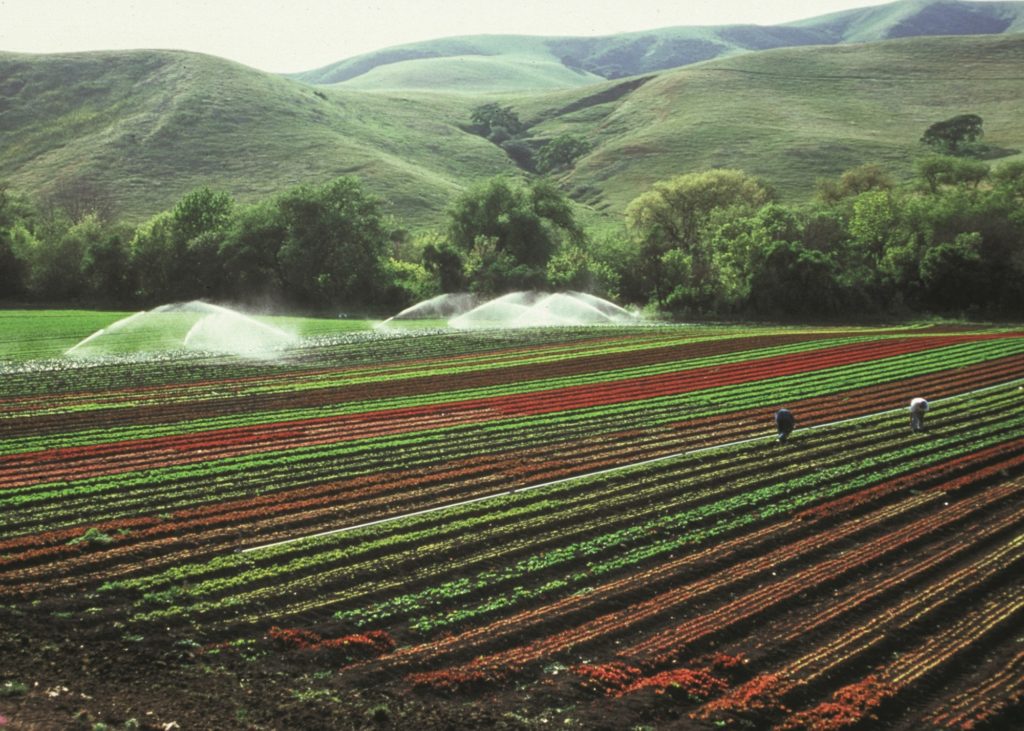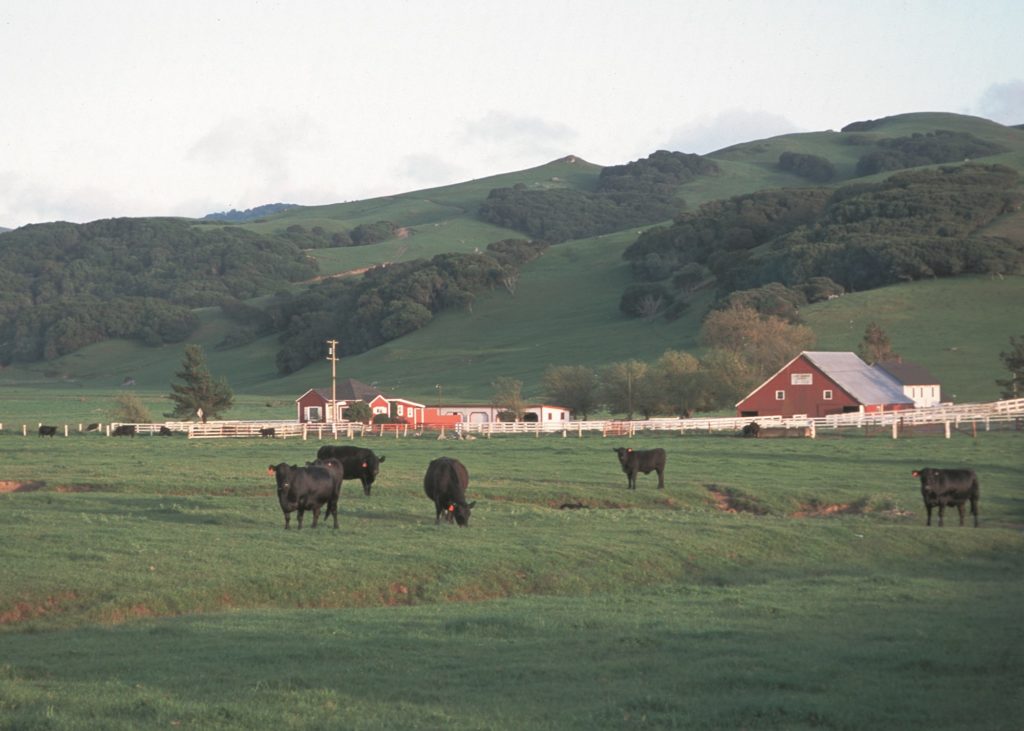Why does it matter?
Food loss and waste (FLW) is a missed opportunity to improve the social, economic, and environmental conditions of current and future generations.
Reducing FLW has the potential to simultaneously advance a number of high-level global objectives:
- Improve food security for a growing population
- Feed hungry people now
- Increase efficiency and avoid unnecessary costs
- Improve nutrition
- Conserve and protect natural resources
- Contribute to reducing climate change
Improve food security for a growing population
“Where will we find enough food for nine billion?…Of all of the options for boosting food availability, tackling waste would be one of the most effective.”
Jonathan Foley (Executive Director, California Academy of Sciences), National Geographic, May 2014
“The number of city dwellers will rise by 2.5–3 billion by 2050; meeting the demand for nutritious, safe, and sustainable food for cities will be a major challenge. Reducing food loss and waste is an essential part of the solution.”
Shenggan Fan (Director General, International Food Policy Research Institute) and Andrew Steer (President and CEO of the World Resources Institute), Global Food for Thought, April, 2016
Feed hungry people now
Safe and wholesome food that is wasted could help feed hungry people and reduce food insecurity today.
In the United States, billions of pounds of wholesome food are rescued, including over a billion pounds of fresh produce from farms to help feed people in need. Billions more could be added to this number.

Increase efficiency and reduce unnecessary expenses
The large amount of FLW in the United States serves as an invitation to consider new technologies and innovative approaches to improve efficiencies and reduce unnecessary expenses.
In the United States, the incentive for retailers and households to innovate to improve efficiency is reflected in the $162 billion of FLW at the retail and consumer level.
For businesses, the financial incentives to tackle the food waste problem include the cost advantage of using all of the raw materials bought. Higher yield from those ingredients means more profitability. It also means spending less on disposal fees to discard food.
Households could save up to $371 per person annually by reducing their FLW.
Improve nutrition
Consumers’ FLW increases the cost of food to their households and cuts into the affordability of nutritious diets. In addition, FLW can distort consumers’ perception of the affordability of nutritious perishable foods such as fresh fruit and vegetables that are subject to high rates of waste.
At the consumer level in the United States, about 90 billion pounds or $107 billion worth of food goes uneaten each year costing the average family of four $1,500 annually.
At the consumer level, a high proportion of many fresh fruit and vegetables are never eaten, including: tangerines (52%), cherries (51%), cantaloupe (43%), peaches (42%), sweet potatoes (44%), bell peppers (39%), kale (38%), and carrots (34%).

Conserve and protect natural resources
All of the resources that contribute to putting food on the table are wasted when food goes uneaten, including the land, water, labor, capital, chemical inputs, and energy used.
Globally, food that is harvested, but not consumed, accounts for about twenty-five percent of all water used in the agricultural sector each year and requires cropland the size of China.
In the United States, over 2% of the nation’s energy use is dedicated to growing, manufacturing, transporting, refrigerating and cooking food that is not eaten. That’s the equivalent of 16 billion gallons of gasoline (enough to cover 6 weeks of gasoline use by everyone in the U.S.) or 586 billion kilowatt-hours of electricity (enough to cover the electricity needs of 54 million households for a year).
Contribute to reducing climate change
Food production and disposal create greenhouse gases, contributing to climate change.
Globally, food that’s harvested but not consumed generates about 8 percent of global greenhouse gas emissions annually, making the “country of food loss and waste” the world’s third-largest greenhouse gas emitter behind China and the United States. Most of these emissions occur during production, so it is best to use the food we grow!
In the United States, food is the single largest component of our everyday trash, much of which ends up in landfills, and landfills are one of the largest sources of methane in the United States.

Photos by Gary Kramer, Lynn Betts, and Tom Perkins, USDA Natural Resources Conservation Service
